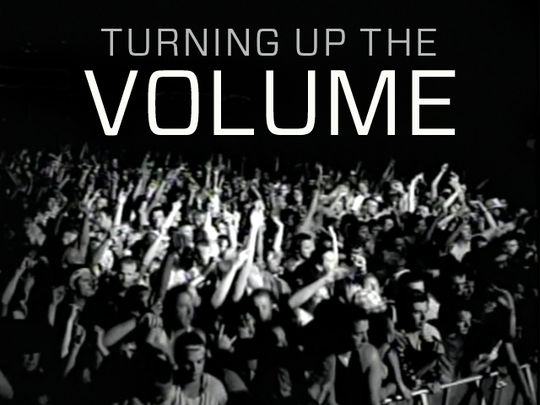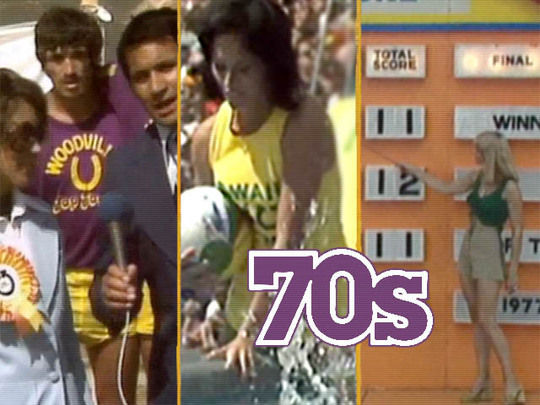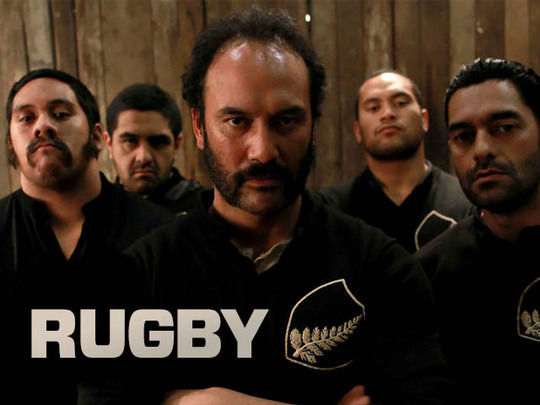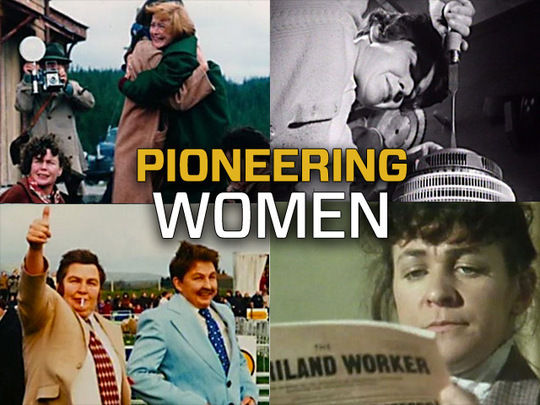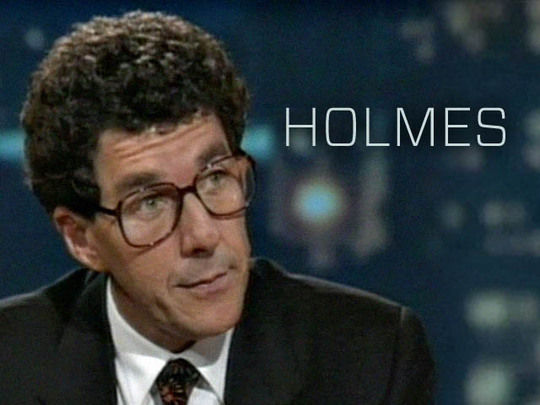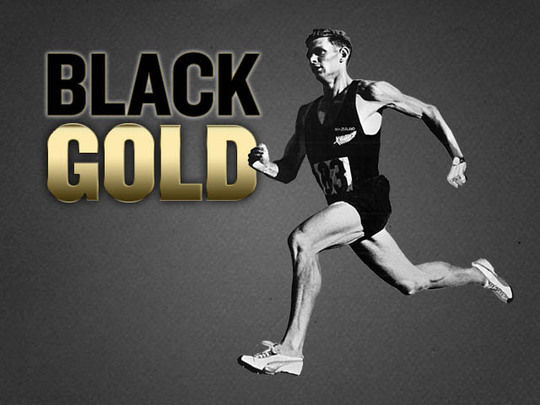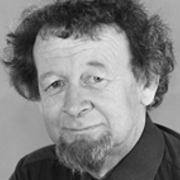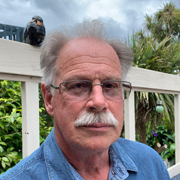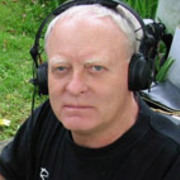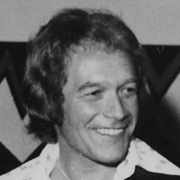Search
Titles (41)
See all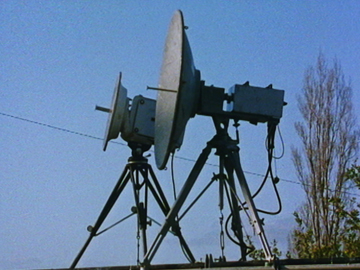
Making New Zealand - Broadcasting
Television, 2019 (Full Length Episode)
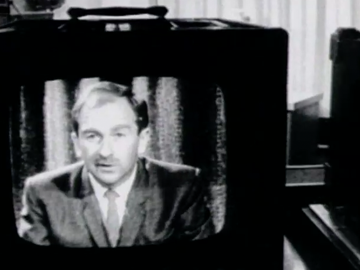
Here is the News
Television, 1992 (Full Length)
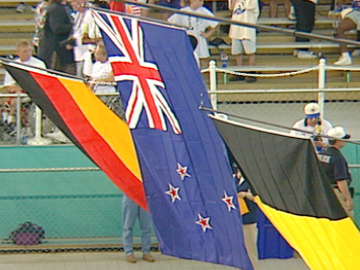
50 Years of New Zealand Television: 4 - Winners and Losers
Television, 2010 (Full Length Episode)
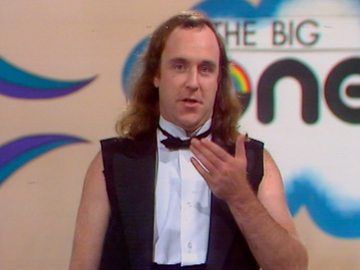
Fred Dagg at the Opening of Avalon TV Centre
Television, 1975 (Excerpts)
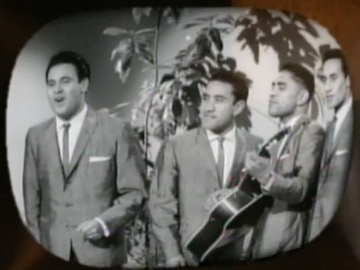
50 Years of New Zealand Television: 1 - From One Channel to One Hundred
Television, 2010 (Full Length Episode)
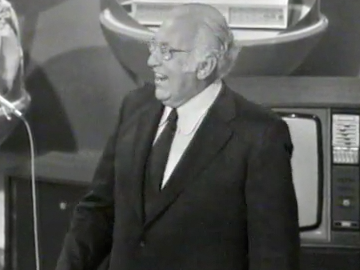
It's in the Bag - Dunedin (1974)
Television, 1974 (Full Length Episode)
Collections (8)
See allInterviews (10)
See all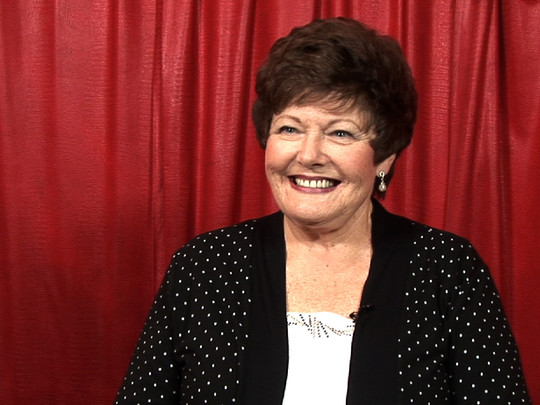
Jennie Goodwin: pioneering female broadcaster...
Interview, Camera and Editing – Andrew Whiteside
Ginette McDonald: fires, nymphomaniacs and Lynn of Tawa...
Interview - Ian Pryor. Camera and Editing - Alex Backhouse
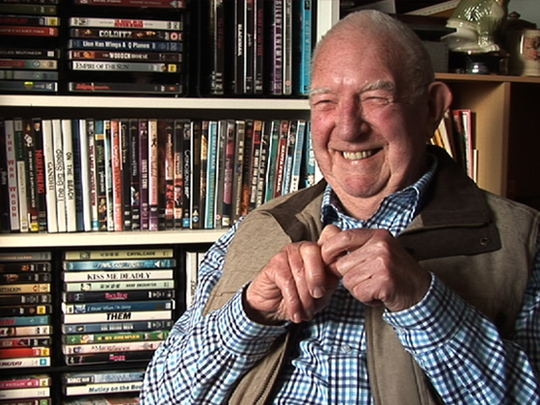
Kevan Moore: The man behind the music shows…
Interview, Camera and Editing – Andrew Whiteside
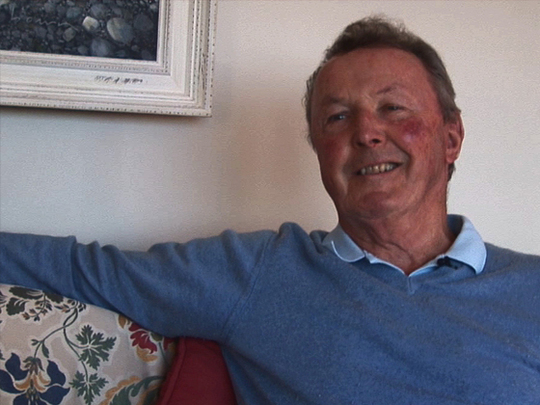
Christopher Bourn: Pioneering entertainment producer…
Interview, Camera and Editing – Andrew Whiteside
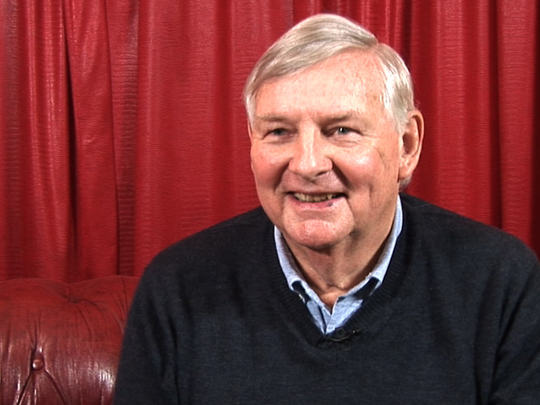
Bill McCarthy: Sports anchor, turned newsreader, turned producer …
Interview, Camera and Editing – Andrew Whiteside
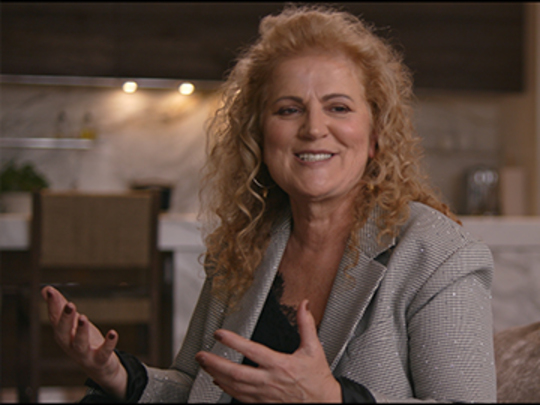
ScreenTalk Legends - Julie Christie
Interview Rosie Howells. Director/Camera Chris Terpstra/Rocket Rentals. Sound Recordist Craig O'Reilly. Editor Tom Field. Producer Fran Carney. Exec Producer Kathryn Quirk.
